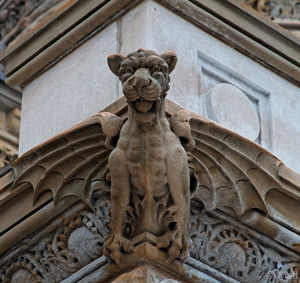The Etruscan sargophgi are made from stone, like terracotta. Some techniques they used were plastering and polychrome painting. The ashes of the dead are placed in an urn inside the sculptures.They are all usually lying on their side alone in a reclining position or with a loved one. Some wear cloth that cover their head and are adorned with jewelry.The sides of the sarcophgi have base relief of mythology or funeral procession scenes.
Not only did the Etruscans have human figures for funeral sculptures but also animals. Just like many other cultures like China having fierce animals guarding the tombs.
Seianti Hanunia Tlesnasa was an Etruscan wealthy noblewoman. Unlike the others her skeleton was found inside, which is one the most intact that has been found. The sarcophagus is in the British Museum. Helenistic style.
Another wealthy lady, named Larthia Seianti. she also has her hand up holding her cloth over her head just like Tlesnasa(show of rank?). They both have seianti in their names so I wonder what that means? relatives?
bas-relief on all four sides:


Couples are shown together eating. woman and man. both reclining like the usual position of the sarcophgi. It is hollowed out and normally has the ashes or treasures of the dead inside.
more couples: this seems different though, the man and woman dont seem to be so much together compared to the one above.
A more different version of the couple sarcophgi
These two have more emotion in their pose and faces. To me they have a somewhat scared and lonely look and yet they are holding each other maybe it is saying they are together holding eachother as they pass into the after life.
Bonfante, Professor Larissa, Etruscan Life and Afterlife: a Handbook of Etruscan Studies. 1986 Wayne State University Press Detroit Michigan. Nov 12 2012 web.
Witcombe LCE Christopher. Art History Resources. May 2012. Web Nov 12 2012.





























